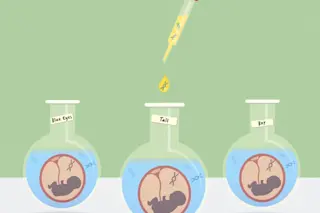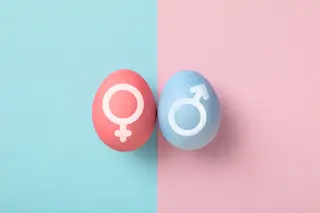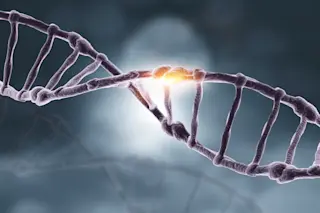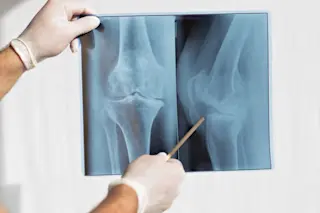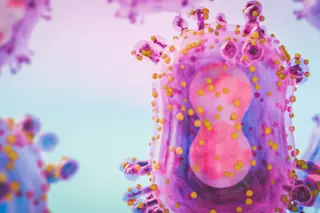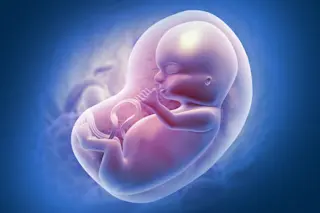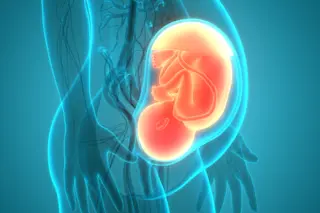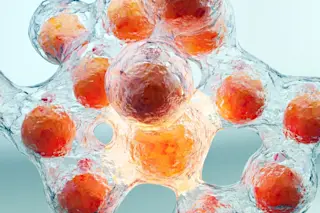When Adam Nash was still an embryo, living in a dish in the lab, scientists tested his DNA to make sure it was free of Fanconi anemia, the rare inherited blood disease from which his sister Molly suffered. They also checked his DNA for a marker that would reveal whether he shared the same tissue type. Molly needed a donor match for stem cell therapy, and her parents were determined to find one. Adam was conceived so the stem cells in his umbilical cord could be the lifesaving treatment for his sister.
Adam Nash is considered to be the first designer baby, born in 2000 using in vitro fertilizaton with pre-implantation genetic diagnosis, a technique used to choose desired characteristics. The media covered the story with empathy for the parents’ motives but not without reminding the reader that “eye color, athletic ability, beauty, intelligence, height, stopping a propensity towards obesity, ...


